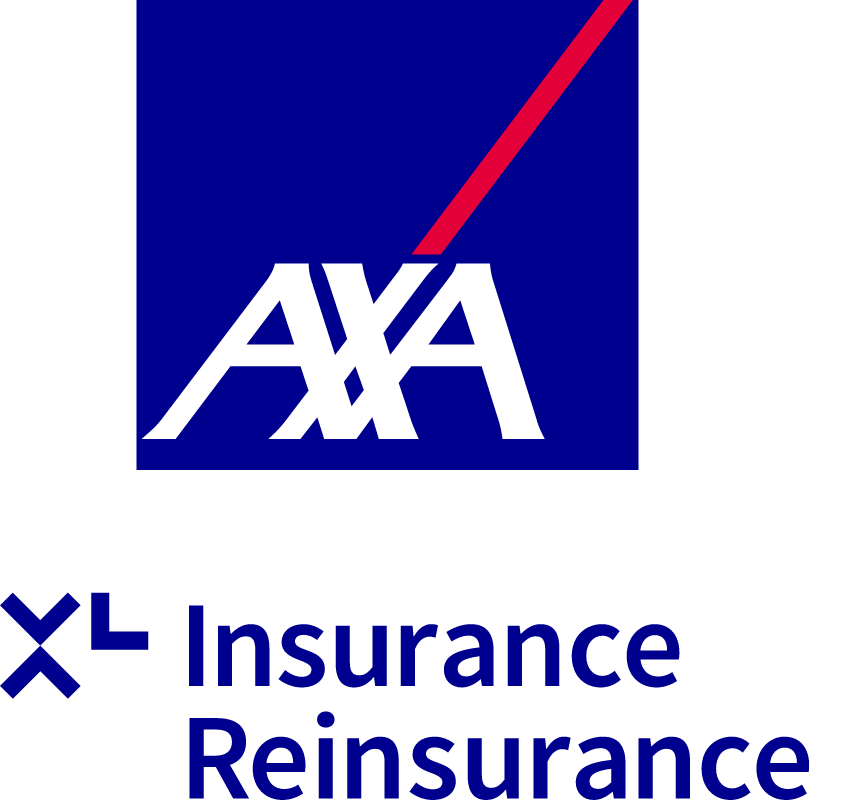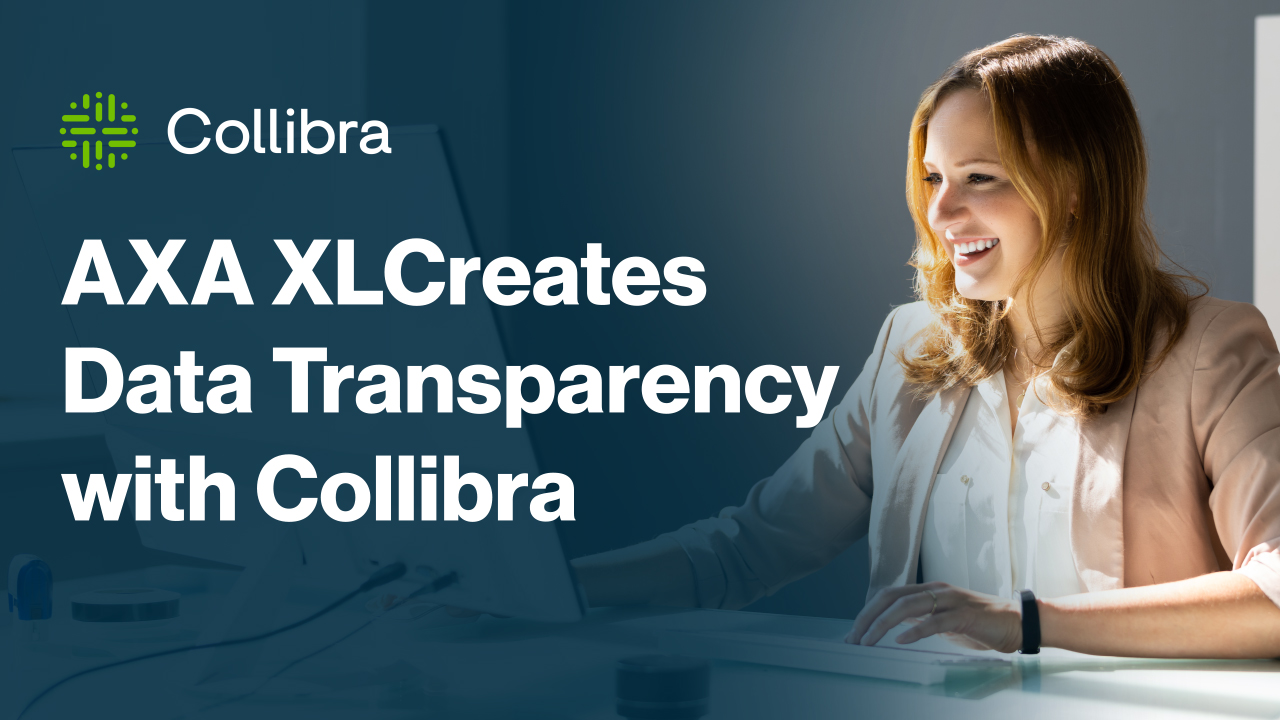AXA XL is the property & casualty (P&C) and specialty risk division of AXA, focused on solving complex business risks. The division was created after AXA Group acquired XL Group, a leading global P&C commercial lines insurer and reinsurer with a strong presence in North America, Europe, and Asia-Pacific.

AXA XL builds a data culture through governance
- Logo
-

- Headquarters
- United States
- Employees
- 5,000+
- Industry
- Financial services
- Customer since
- 2018
Goal
Helping business users work with data better
From mid-size companies to large multinationals, AXA XL provides insurance solutions that fit the specific needs of its customers. It accomplishes this by combining a strong and efficient capital platform, data-driven insights, leading technology, and the best talent in an agile and inclusive workspace.
AXA XL’s focus on insurance, reinsurance, and risk management services demands a robust approach to the management of its data assets. Primary users of data governance solutions within the organization include business operations, legal, compliance, business analysts, data analysts, and data scientists. In fact, the organization’s approach to data management is driven primarily by operational business considerations. The approach aims to:
- Generate insights across the enterprise
- Design a platform to integrate business dimensions data to build out 360-degree views of customers
- Develop a data workbench that allows for self-service analytics
The vision for the data management program is to help business users to find data easily, know where the data is coming from, understand what the data means, and allow them to trust the data they use.
Certainly, there are many more compliance and security drivers around data transparency today because of new regulations, such as the European Union’s General Data Protection Regulation (GDPR). Delivering operational benefits through better data transparency for the business – over and above any new compliance requirements – was and is the focus of the data management team’s efforts.
Honing in on the importance of data transparency
By enhancing data transparency within the organization, AXA XL wanted to:
- Improve the data culture by helping business users find data they can trust, and enable them to better understand how data is used in reports
- Enhance collaboration around data by enabling business users to connect with data owners
- Provide data lineage that can be understood easily by a business user in the organization
- Demonstrate compliance with corporate policies and standards, as well as regulatory requirements, including data privacy
- Track data issue management progress
- Provide visibility into data quality at the granular level (data asset) and rolled up to reports
AXA XL could see that getting data transparency right would have significant benefits for business users who work with information every day in their roles. It would also enable the company to easily meet new regulatory requirements, as a secondary benefit.
Collibra has played an important role in our journey to build data transparency within our organization. It helps our users connect the dots and support our desired self-service model, eliminating the need for a middleman and allowing them to focus on their real work.

Ashish Haruray
Ashish Haruray
Senior Center of Excellence Lead, AXA XL
Strategy
Bringing information together in a Data Governance Center of Excellence
Data governance is strongly supported within AXA XL by its leadership team. There is a chief data officer (CDO) at the enterprise level, who is responsible for data strategy and management, with a data transparency function as one of the critical areas. This is delivered through a specific Data Governance Center of Excellence – which sits alongside other Centers of Excellence that focus on data quality, data lineage, and other key areas of data management. These centers drive data management from the bottom-up, rather than taking a top-down approach, with involvement from business users.
In March 2018, AXA XL decided to support its data transparency efforts by implementing Collibra’s cloud-based data governance product. One key element of the solution that AXA XL would be using included the Business Glossary, which helps stakeholders across the organization collaboratively agree on the vocabulary used for discussing data.
Combining three elements into one view
AXA XL has a three-pronged approach to data transparency: a Data Governance Center, which is powered by Collibra; a Data Catalog, and Data Quality. Information from both the Data Catalog and Data Quality are now contained within the Data Governance Center, which provides a single view of data transparency to the entire organization.
For example, technical metadata housed in the Catalog is combined with business terminology and housed within the Data Governance Center. Data Quality scores and metrics are also combined with the data in the Data Governance Center. As a result, through the Data Governance Center, business users are able to obtain a new depth of understanding about the nature of the data they are using.

Results
Launching a destination for data transparency
AXA XL business users can engage with information in a one-stop shop for data transparency. When looking at a dashboard or report, business users can access a page in Collibra that gives them all the information they need to know about the data in that document or on that screen. This helps business users understand important information about the business data they are exploring, such as:
- Lineage of the data that is used to create the report
- Definitions of key business terms
- Details on how a metric is derived or calculated
- Metadata for the data in the report
- Reference data associated with the data in the report
- Who owns terms or data used in the report
- The Data Quality score for the data
- The drivers of the Data Quality score
- Understanding data privacy levels for each element used in the report, which roles have access to what type of data, and who has been granted those roles
So, for example, if a business user wants to know what “policy number” means, they can look up the definition of it. They can then look to see what the source system for policy numbers in a report is, who owns that data, the Data Quality scores for policy number, and other metadata associated with policy numbers.
Building on current success with new projects
Business users appreciate how easy the Data Governance Center is to access. Users also value knowing that data is trustworthy. AXA XL’s data governance team are now looking to build further on this success.
One project involves integrating the organization’s data quality information, including rules and scores, into the Data Governance Center. Today, the data quality information is imported manually using spreadsheets.
AXA XL is also planning to explore implementing role-based access control through Collibra in the future – at the moment Data Governance Center is used to document various tokenized roles with explanation of what these roles allow users to do. Currently, access rights are also controlled in individual solutions, but moving access controls to one central platform will enable more efficient orchestration of access controls using workflows.
The team is also exploring new ways to add further value to the business by building additional alliances with business operations partners. Not only will new individuals bring new ideas and perspectives, but their involvement will also help make the organization’s data culture even more robust.

The road to Data Confidence™. Get started today.
-
Explore Collibra now
Explore our platform with an interactive tour to experience how Collibra enables you with trusted data.
-
Request a demo
Speak one-on-one with a Collibra expert and get a personalized demo of the Collibra platform.
-
Join our community
Connect with customers, partners and experts in a vibrant online space to share insights and best practices.


